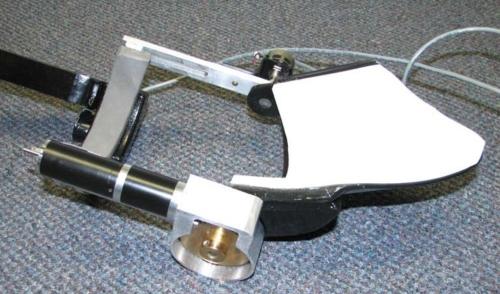Two Degree of Freedom Powered Orthosis
Rehabilitation engineering aims to improve the quality of life for individuals with varying disabilities. Paraplegia, for example, has seen significant attention from the rehabilitation field, offering several mobility devices, orthoses, and accessories to improve the client's independence. Other disabilities, such as Muscular Dystrophy (MD) may also benefit from the powered orthosis. MD is a genetic, degenerative disease, which destroys muscle tissue leading to decreased mobility and independence. A rehabilitation device which could increase the rang e of motion of muscle groups, would benefit clients with MD by improving their independence and overall quality of life. Such a product could have influence in the rehabilitation, therapeutic, and medical markets for clients with other afflictions such as stroke, terror, arthritis, and to assist in therapy for those recovering from surgery or injury.

Key Features/Benefits
- Powered arm orthosis capable of manipulating a disabled arm in the normal manner of common arm movements such as humeral rotation and elbow flexion.
- Adds mobility to rehabilitation process for acute injuries and surgery.
- Potential to provide more efficient therapy by increasing the amount of repetitive movement therapy that can be delivered.
- Mobility and strength can be adjusted throughout the rehabilitation process.
- Applicable for long term use in the instance of such disabilities as stroke, tremor, MD, ALS, and Parkinson's disease.